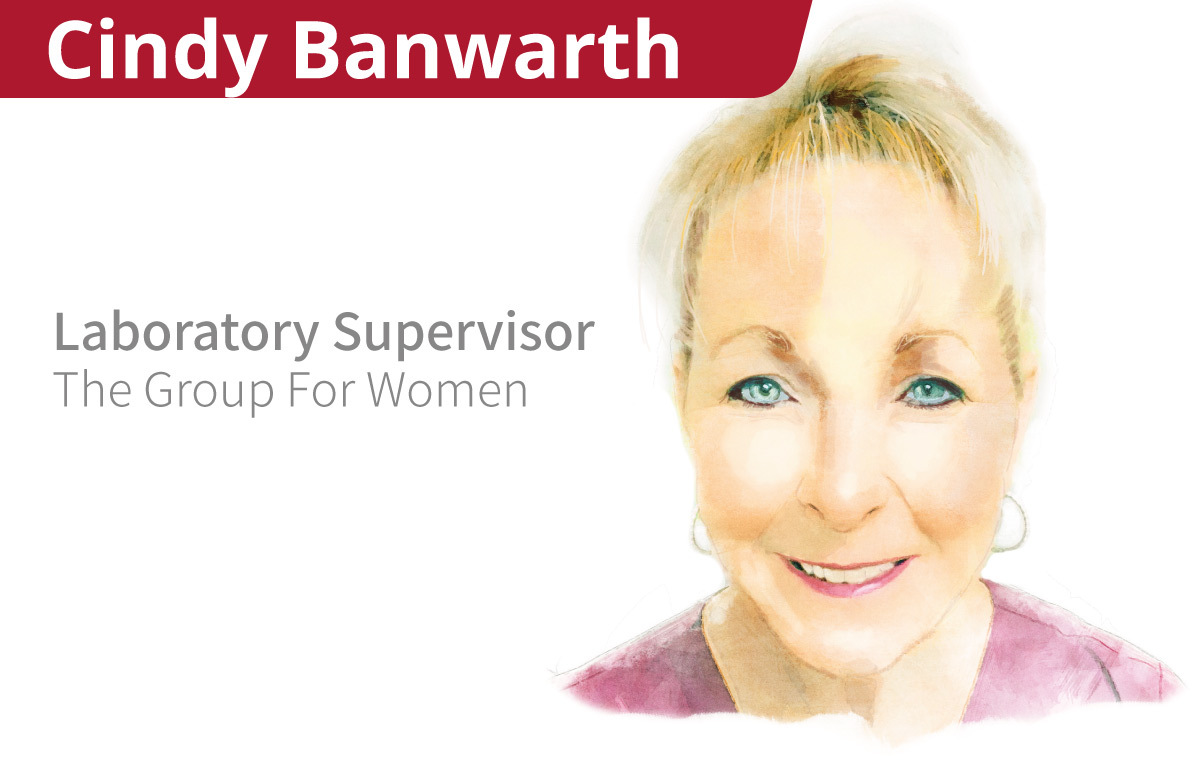5 Tips for Building a Relationship-Based Practice
Dr. John Noseworthy, President and CEO of the Mayo Clinic, has called physician-patient relationships “medicine’s most fundamental element.” It’s not surprising, then, that surveys and studies cite patient-physician relationships as a powerful component of patient satisfaction.


5 Tips for Building a Relationship-Based Practice
February 25, 2021
.
Dr. John Noseworthy, President and CEO of the Mayo Clinic, has called physician-patient relationships “medicine’s most fundamental element.” It’s not surprising, then, that surveys and studies cite patient-physician relationships as a powerful component of patient satisfaction.1,2
As physician practices emerge from an unprecedented period in which the process of delivering medicine has been altered, and in some cases entirely interrupted, it is a good time to focus on strengthening relationships. Doing so can yield benefits to both practice and patient:
- Stability in patient retention and recruitment
- More predictable practice economics
- Greater patient “buy in” to treatment strategies
- Higher satisfaction on the part of patients and staff

Conversational Interviews
The patient interview is crucial to care. It is the means by which physicians capture information central to diagnosis and treatment. Beyond that, physicians can use the interview process to draw out and sooth patient concerns. The best interviews will lean toward two-way conversations that will engage patients in their own health.
In developing your interview consider the following techniques:
- Open the appointment with comments that personalize the experience. It takes only a matter of minutes to go through a simple welcoming ritual, and those minutes will be well spent in the eyes of patients.
- Reference something discussed at a prior appointment. This can foster a sense of continuity.
- If the patient has indicated during check-in that they are in pain, anxious or simply having a bad day, acknowledge that fact. Expressing empathy and concern will reassure patients and demonstrate your desire to help.
- Ask questions that set the agenda for the appointment. To the extent that you can define the patient’s expectations you will be better positioned to meet them.
Listen Before Telling
Ask a patient what they want in a relationship with their physician and inevitably they will tell you that they want to be heard! Too often physicians are great dispensers of care and information, but may be perceived as falling short when it comes to listening.3
While asking questions is a natural part of the patient interview, Dr. Rita Charon, Professor of Medicine and founder and Executive Director of the Division of Narrative Medicine at Columbia, suggests inviting patients to tell you what they think you should know. She speaks of the need for physicians to willingly listen to and respect what a patient has to offer.3,4
Remember that patients, especially sick patients, may feel vulnerable and/or overwhelmed. Throughout the conversation stay attuned to verbal and nonverbal cues that suggest anxiety or distrust. A good rule of thumb: listen before you ask and ask before you tell.

.
The need to accomplish many tasks during a visit is a given, and a physician will undoubtedly need to turn their attention elsewhere from time to time during a visit. Too often, however, moments of inattentiveness can be confused with insensitivity causing patients to doubt a physician.
Try to maintain eye contact with your patient, and if you need to turn your attention elsewhere, explain why. For instance, saying “I’m just going to type this into your record…” is much better than simply turning away from a patient and typing.
Collaborative Decision-making
The concept of collaboration can strike fear into the hearts of some physicians. Visions of patients demanding tests or certain drugs come to mind. But, in some circumstances, bringing patients into the decision-making process can demonstrate respect and foster an environment that will support adherence and compliance with a treatment plan.6
Trust is essential to working collaboratively with your patient. Information can be the basis for earning that trust. Share and discuss information, such as test results, images, or descriptions of injuries, with your patients being sure to tailor explanations to their levels of understanding. Use visual aids if needed.
In discussing evaluations and treatment strategies, emphasizing what the care plan is intended to accomplish. Explain possible side effects. Be willing to express your limitations as well as the limitations of technology. This may help a patient understand why additional tests are needed or why you are referring them to a specialist.
Finally, ask the patient what they think. Yes, this may open up a Pandora’s box, but better to do so initially than to send away a patient who has no intention of complying. Consensus can only be achieved when concerns are set to rest.
Once a treatment plan is determined, a good practice is to ask the patient to repeat instructions to you.
Coordinate Care
Communication is not the only element of the physician-patient relationship linked to high satisfaction levels. Coordination of care represents another important element of the equation. While coordinated care can mean different things to different people, access, efficiency and staff communication are three supporting elements that are imperative to your practice.
Access not only refers to the mere availability of care, but also the way in which it is obtained. Practices with a focus on access will ensure that the appointment making process is streamlined and geared toward ensuring timely care. Staff and clinicians should proactively educate patients on the process for communicating with clinicians in between appointments. And, giving patients information on reliable educational resources may help them find the answers they need without calling the office.
Building efficiency in a practice is a never-ending process. Organized billing and insurance operations are two processes that are readily apparent to patients. Delays due to insurance red tape or stress-inducing billing issues leading can undo patient relationships and breed distrust. Adding a section to your website with tips relevant to insurance or billing can be useful or patients.
Having well-trained staff will ensure that operations flow smoothly. Staff should not only know the technical aspects of their jobs, but also be able to communicate with patients in a friendly and effective way. Committing time to communications training can benefit your staff as well as your patients.
These steps are certainly not all-inclusive, but they can help promote the trust, knowledge, regard and loyalty that are key to forming strong physician-patient relationships.2
Footnotes:
1 “Physician Patient Relationship More Important Than Treatment in Patient Satisfaction.” Becker’s Hospital Review, 18 Oct. 2012, www.beckershospitalreview.com/hospital-physician-relationships/survey-physician-patient-relationship-more-important-than-treatment-in-patient-satisfaction.html.
2 Chipidza, Fallon E, et al. “Impact of the Doctor-Patient Relationship.” Prim Care Companion CNS Disorders, vol.17, no. 5, Oct. 2015, doi: 10.4088/PCC.15f01840.
3 Awdish, Rana L A, and Leonard L Barry. “Making Time to Really Listen to Your Patients.” Harvard Business Review. 9 Oct. 2017, https://hbr.org/2017/10/making-time-to-really-listen-to-your-patients.
4 Weiler, Lance. “’Creating a Clearing’ -- Dr. Rita Charon on the power of Narrative Medicine.” Columbia DSL. 19 Sep. 2017, https://medium.com/columbia-dsl/creating-a-clearing-dr-rita-charon-on-the-power-of-narrative-medicine-e68bef05eb66.
5 Pearce, Christopher, et el. “A visual study of computers on doctors’ desks.” Inform Prim Care. vol. 16, no. 2, pp. 111-7, doi: 10.14236/jhi.v16i2.682.
6 Poon Bing Ying, et al. “Patient Activation as a Pathway to Shared Decision-making for Adults with Diabetes or Cardiovascular Disease.” J Gen Intern Med. vol. 35, no. 3, pp. 732-42.
Featured Profile
Our new 'The Point of Care Campaign' is our way of showing appreciation to healthcare workers during COVID. Our profile this week features Cindy Banwarth.
Related Articles
Introducing the HemoCue Customer Portal
